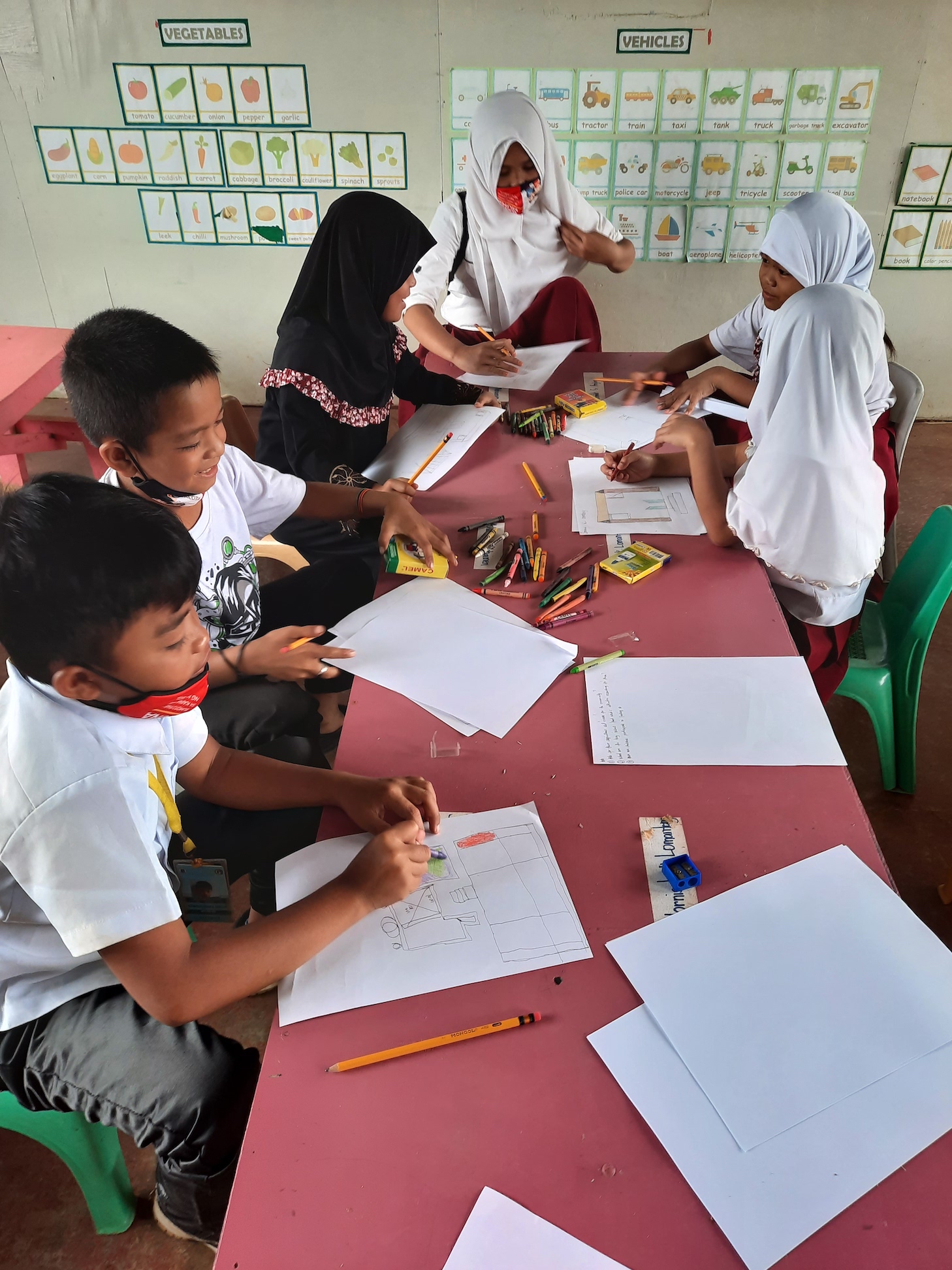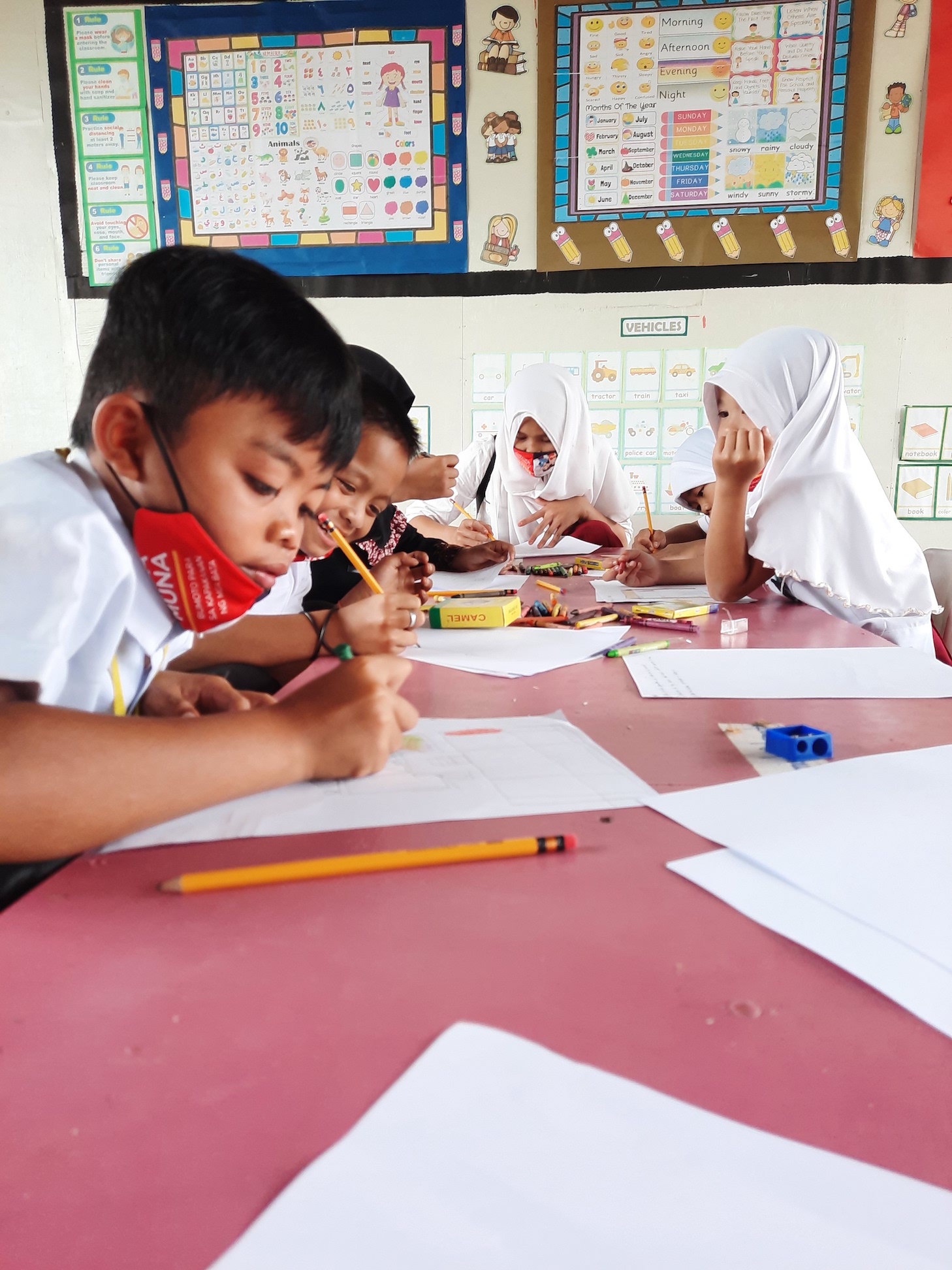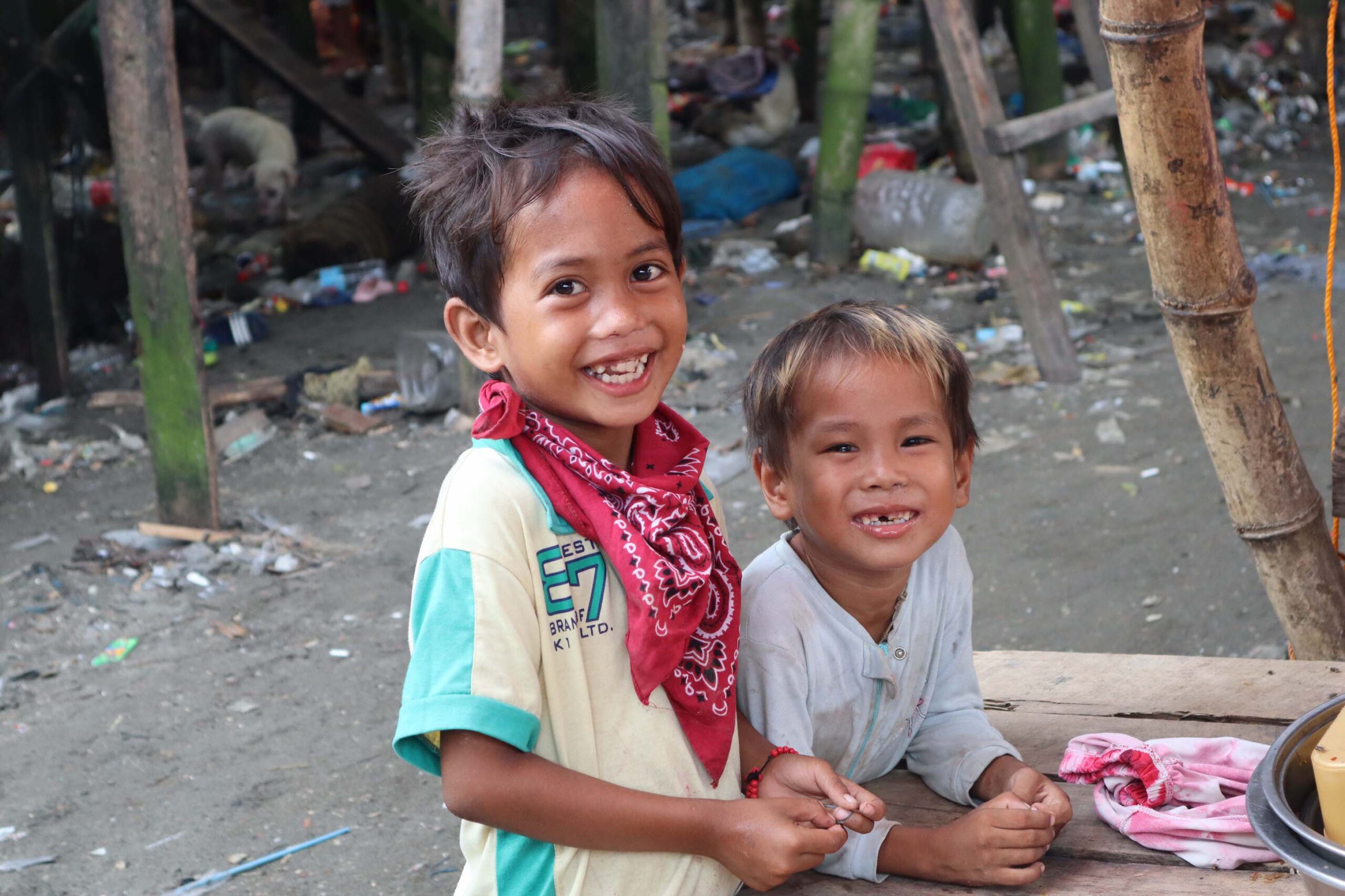The Bangsamoro Autonomous Region in Muslim Mindanao’s (BARMM) history can be traced back to more than 500 years, wherein Bangsamoro was used to refer to people who were predominantly Muslim and indigenous people. While BARMM’s culture is known to be bound together by their conformity to the Islamic faith, they also share the goal of pushing back their long-standing challenge: conflict.
The long-standing challenge of conflict has caused the region to fall into a state of neglect, where the lack of equitable access to food and proper sanitation has deprived residents of proper health and nutrition. Batang Matatag, a movement supported by Save the Children Philippines and Erceflora Kiddie attempts to address this by improving the health and nutrition status of children starting with BARMM’s Bajau community in Iligan City and the municipality of Marantao, Lanao del Sur.
According to Edwin Horca, Team Lead for BARMM of Save the Children Philippines, “BARMM would always rank one of the highest in terms of poverty incidence, and it has been for the longest time the most neglected region. That is why in this area they have been struggling in terms of finding lasting peace, and most specially really hitting the developmental milestones that is expected of any region.”




In the face of dispute, the region is home to over 1.8 million Filipino children, and it fosters a unique and diverse way of life, which can be enhanced with the support of Batang Matatag.
The Bajau: Nomads of the Sea
The Bajau tribe from Mindanao were also known as sea gypsies for inhabiting the coastlines and travelling by boat from one island to another in search of fishing harvest. Despite their nomadic nature, they’re still often displaced due to the ongoing conflict. Though still a proud and hardworking tribe, they continue to struggle finding their place on land.
With 151 Bajau households living in Barangay Tambacan, they continue to have issues accessing their basic needs due to a lack of income and livelihood opportunities and the impact of natural and human- induced disasters.
“[When] we started to work with the Bajau community, we saw that they are struggling even at the barangay level,” said Horca. “Their access to food is already a challenge since the parents are not always lucky when trying to get jobs in the fish port, and since they also lack skills, they wouldn’t be given opportunities to be employed,” he added.
Marantao: People of the Lake
Marantao is a municipality in the province of Lanao del Sur and is one of the closest to Lake Lanao. It is also home to the last remaining habitable Torogan, which is a traditional ancestral house built by the Maranao people of Lanao for the nobility.
Despite Marantao’s colorful history, the community remains impoverished. They continue to struggle with clean water and sanitation access. “When we checked their facilities, we noticed that they get their water directly from Lake Lanao. When asked if they get sick from the water, they said they would experience diarrhea at first, but now have already adapted to it. “We actually told them they’re putting the young ones at risk,” Horca shared.
Their condition worsened when the pandemic hit the province.
“When the COVID-19 pandemic struck, they were further isolated and were not able to access the government-provided support to meet their day-to-day needs,” he remarked.
Diamond in the rough
Despite the challenges the communities face, they remain positive and motivated to rise above their plight and bring back the vibrance the region had with the right assistance and means, which is where Batang Matatag comes in.
“Batang Matatag forms part of Save the Children Philippines’ Life Changer for Children program. It aims to reach children and communities who are most impacted by inequality and discrimination. It addresses issues confronted by children and their communities and seek innovative and sustainable solutions through a child-centered whole of society approach,” Horca underscored.
Part of the movement’s co-design process is to empower the communities to realize what change they want through the process called ‘visioning’. From there the communities will be organized into committees who will act as representatives for any intervention planning that will occur.
“Batang Matatag is an advocate for these communities. Aside from the technical assistance that we will be providing, we also want to provide an avenue for the members to voice out their concerns, share their insights, and recommend solutions that will be beneficial to them in the long run,” said J Ann Mirasol, from the makers of Erceflora Kiddie.
Horca adds that Batang Matatag’s goal is to make the communities realize that they can reach their maximum potential mainly through their own doing with only minimal help from sponsors.
“We would like to create breakthroughs for children, where all of them survive and thrive, learn, and are always protected. As we journey with them, we must help them be empowered enough to create a community that is more inclusive and respectful of the rights of children; and after we have promoted and developed champions within the communities, then they themselves can promote and advocate their own needs,” he said.
Marantao and the Bajau community’s strong resolve to improve their lives shows the region’s potential for development and the residents’ determination to restore their region and culture to its former glory with the right champions.
Mirasol encourages the public to be one of the right champions for these communities too, “To help Marantao and the Bajau community in Iligan City reach their maximum potential, a portion of every Erceflora Kiddie purchase will be donated to Batang Matatag,” she concluded.



